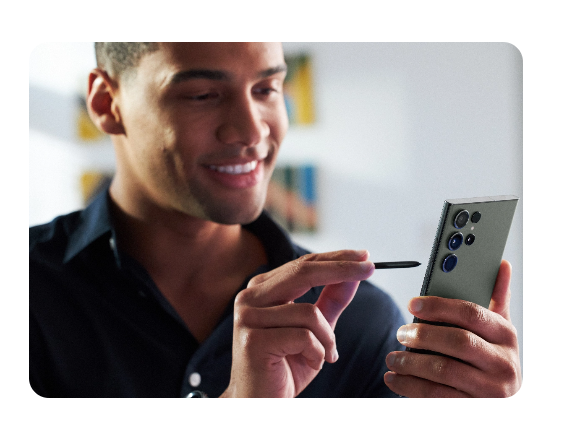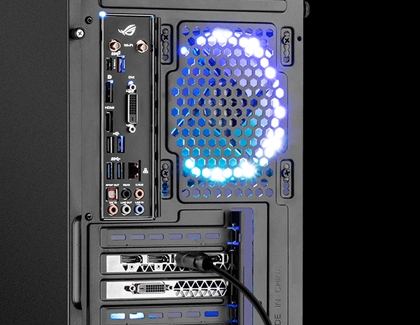Samsung dual monitor setup with Windows or Mac

They say two heads are better than one. The same could be said about monitors. When you have two or more monitors hooked up to your computer, multitasking becomes much easier. As long as you have enough available ports to use on the computer, setting up a dual monitor workstation is as easy as connecting to a single monitor. Once you have more than one monitor connected there are some additional steps to complete the set up.
Other answers that might help
We're here for you
Contact Samsung Support
Contact us online through chat and get support from an expert on your computer, mobile device or tablet. Support is also available on your mobile device through the Samsung Members App.

© 2025 Samsung Electronics America, Inc. Samsung, Samsung Galaxy and Family Hub are trademarks of Samsung Electronics Co., Ltd.
All other brands, products and services, and their respective trademarks, names and logos, are the property of their respective owners.
The above content is provided for entertainment and information purposes only. Consult user manual for more complete information.
All information included herein is subject to change without notice. Samsung is not responsible for any direct or indirect damages,
arising from or related to use or reliance of the content herein.


